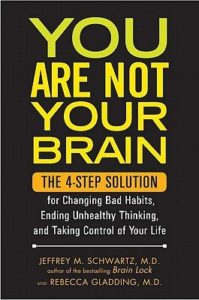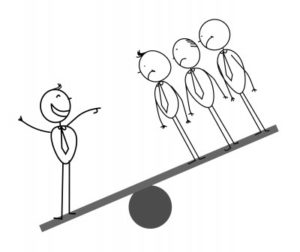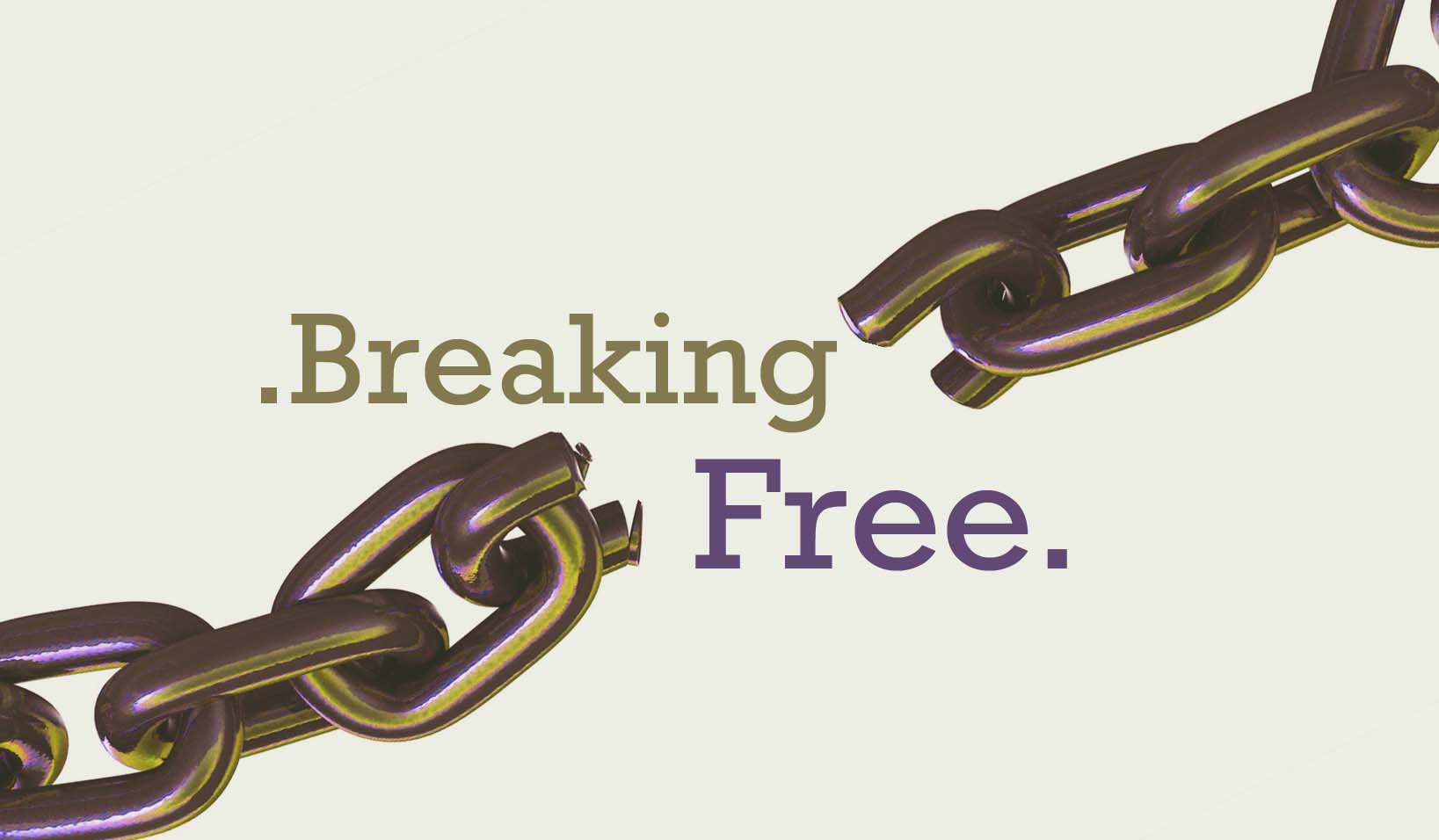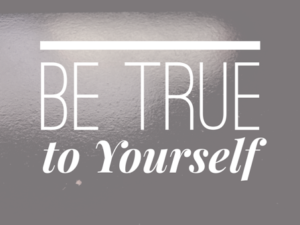When we repeatedly engage in the same behaviour, our brain registers that action as the preferred one, regardless of the effect of that action on us.
Our focused attention creates the brain we will live with.
The more attention we bring to what makes us anxious, the bigger our anxiety becomes.
The more time we spend on our depressive thoughts, the stronger depression becomes.
This is the principle of neuroplasticity.
If the mental habit is not resisted, it will soon become necessity.
Our brain sometimes gets stuck in a gear of anxiety, stress, depression, anger etc.
Consequently our habitual patterns of thoughts, speech and behaviours can only reinforce those negativities.
How can we break free of this automatic response?
A hopeful aspect of neuroplasticity is that our mental force can do something about it.
You may have heard “use it or lose it” to describe our brain function.
If the same neural pattern is less and less used, it will gradually lose its power.
A neuro pathway can be likened to a hiking trail – it becomes wider as many people use it, but a trail will gradually disappear if it is not used.
Likewise we can break the cycle of neural patterns by responding to unpleasant emotional sensations differently.
How?
Good news is that even “small” things have a big effect through repeated practice. For example
- noticing what is happening internally, and
- labeling physical and emotional sensations
Even things like this already change our brain.
Every time when we experience uncomfortable feelings, and pause to notice and label them, we are in fact breaking the cycle of automatic patterns.
We have the ability to refuse to act on uncomfortable sensations or habitual responses.
We are more than our brain!
If you want to know more, this book “You are not your brain” by Jeffrey Schwartz is highly recommended.






